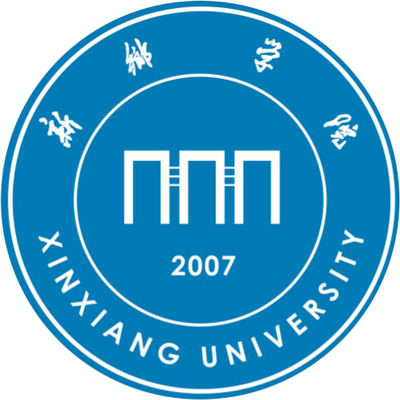详细信息
基于多点位移控制的梁柱节点刚度对钢框架抗震性能的影响
Effects of Beam-column Joint Stiffness on Seismic Behavior of SteelFrames Based on Multiple Point Constraints
文献类型:期刊文献
中文题名:基于多点位移控制的梁柱节点刚度对钢框架抗震性能的影响
英文题名:Effects of Beam-column Joint Stiffness on Seismic Behavior of SteelFrames Based on Multiple Point Constraints
作者:洪敏[1,2,3,4];冯红卫[5];王凤[6];赵林林[1];高永国[1]
第一作者:洪敏
机构:[1]中国地震局兰州地震研究所;[2]中国科学院寒区旱区环境与工程研究所;[3]中国科学院大学;[4]甘肃省高性能网格计算中心;[5]新乡学院土木工程与建筑系;[6]西安建筑科技大学土木工程学院
第一机构:中国地震局兰州地震研究所,甘肃兰州730000
年份:2014
卷号:36
期号:2
起止页码:243-248
中文期刊名:地震工程学报
外文期刊名:China Earthquake Engineering Journal
收录:CSTPCD;;北大核心:【北大核心2011】;CSCD:【CSCD_E2013_2014】;
基金:地震科技发展基金(2014M01)
语种:中文
中文关键词:钢框架;多点位移控制;节点刚度影响系数;单向加载;循环加载;抗震性能
外文关键词:steel frame; multiple point constraint; joint stiffness influence factor; uniaxial load; cyclic load; seismic performance
摘要:利用ABAQUS有限元软件建立不同梁柱节点连接刚度的平面钢框架模型,采用SPRING2单元模拟梁柱连接,以不同弯矩-转角曲线作为节点约束条件,并通过添加位移约束方程实现多点位移控制加载。通过与两层两跨半刚性钢框架的实验结果进行模型验证,设定不同节点刚度影响系数α的值,建立一组不同节点刚度的六层两跨钢框架模型,对其进行了单向加栽及循环加载,对比分析了承载力、侧向刚度、延性、耗能能力、刚度退化等特性。结果表明:当α介于1/15~1/20时钢框架承载力及侧向刚度较高,且具有良好的延性及耗能能力。可为实际工程中节点设计提供参考。
The behavior of beam-to-column connections with angles falls between fully rigid and i- deal pin connections and belongs to the category of semi:rigid connections. In this paper,a series of steel plan frames with different degrees of connection stiffness are established in ABAQUS by modeling the beam-to-column connections with the SPRING2 element and using different mo- ment-rotation curves as the node constraint. Using multiple point constraints, the lateral force dis- tribution is maintained and displacement-controlled pushover analysis is achieved. The model is verified by comparing the simulated curve with the experimental curve of the load displacement of a two-floor-span semi-rigid frame. Based on the verification, a six-floor-two-span plane frame is modeled with different joint stiffness influence factors a. Inthe finite element analysis procedure,connective, geometric,and material nonlinearities are considered. The effect under different a fac- tors on the seismic performance is discussed, such as frame bearing capacity, lateral stiffness, duc- tility, energy dissipation, and stiffness deterioration. Analytic results show that frame bearing ca- pacity, lateral stiffness, ductility, and energy dissipation increase gradually with the reduction of the a factor, but the increase in amplitude slows down. The curve of stiffness degradation show that the degeneration of rigidity is obvious as the a factor reduces. In conclusion,when the joint stiffness influence factor a is between 1/15 and 1/20, the joint has higher bearing capacity and better ductility performance to meet the requirement of earthquake resistance. The above-mentioned conclusion can serve as guidance for engineering.
参考文献:
![]() 正在载入数据...
正在载入数据...


